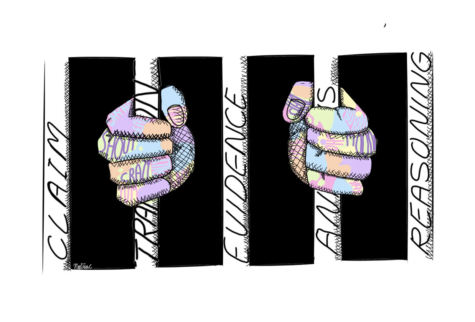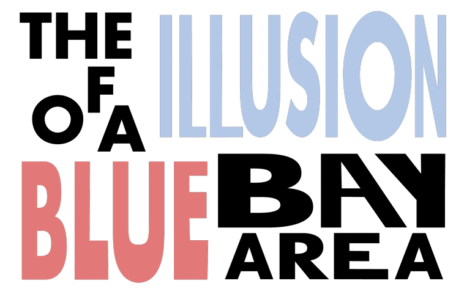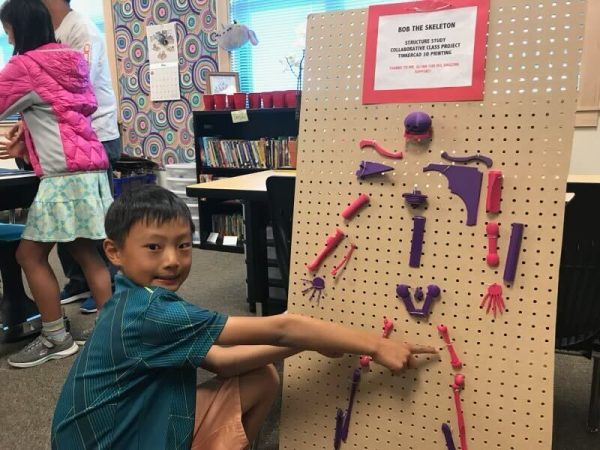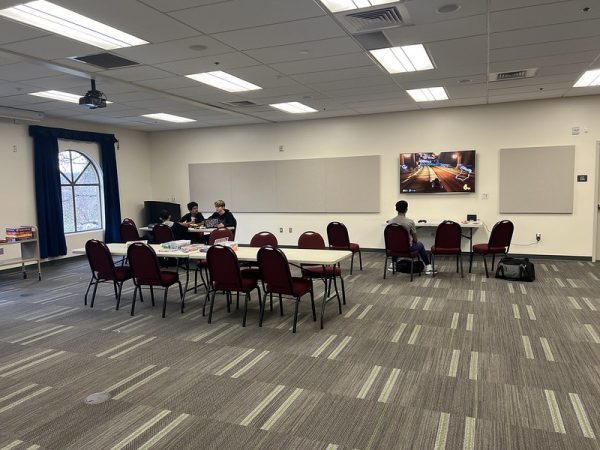Commercialization of summer programs excludes low-income students
Last summer I spent three weeks in downtown Boston with more than 500 students on the scattered campus of Emerson College, researching and debating for 12 hours a day at one of the most popular speech and debate camps in the country — the National Debate Forum (NDF).
But the heavy price tag of going to that camp also made me contemplate the feasibility of attending. If I had not received a scholarship, it would have cost me more than $4,500 for tuition alone. Combined with food and transportation costs, it would probably have cost me almost $6,000 in total. $6,000 for 21 days. That means each day in Boston would be costing me an average of $285, and each hour almost $12. I could keep going with the math, but clearly, NDF was not cheap. And as I learned after my experience at NDF, countless other programs — known as “pre-college” programs covering a wide range of subjects — have a similar price tag. And unfortunately, what was intended to give high schoolers a taste of college life has turned into a vicious cycle of competition and institutional greed that excludes lower-income students.
Summer programs are rarely ever free. And logically, it makes sense. The programs are usually held at a university or college, and housing and food can be expensive. However, the costs keep rising.
In 2017, Wharton’s Leadership in the Business World (LBW) four-week summer program already cost a whopping $7,500. But only two summers later, the cost of LBW has risen to $8,495, a 13% increase. The application fee also went from $75 to $100. NYU Stern’s six-week long summer course also rose from $11,604 to $15,452 within two years, a 33% increase.
Although this may not seem like much to some people, over time, gradual increases in the costs of attending can add up. And paying a couple hundred dollars for applications can turn into a few thousand as students apply to a heavy list of different programs.
The growing costs directly inhibit the admission of lower-income students. According to the Pew Research Center, the median income of the lower class was considered $25,624 in 2016. Paying for a program like the one at NYU Stern would cost more than half of a lower-income family’s annual income. And when things like food and housing have to be prioritized, it is simply infeasible to afford both.
But even before low-income students can consider the costs of attending, they usually need to get accepted. And that is where the issue of competition comes in. Competition among applicants is deeply integrated into the summer program admission process. On digital public forums such as Reddit and College Confidential, you can often find “chance me” threads where students post their academic achievements and other notable statistics that they plan to include on their applications and ask the internet to estimate their chances of attending a desired summer program. Many of these students boast a long list of diverse extracurriculars, insane GPAs, and perfect standardized test scores in their resumes. Despite this, threads will often bluntly suggest that this is not enough and discuss with each other the “slim” chances of their acceptance. So why are students panicked over what would seem like exceptional applications and resumes? It is because they have to be. When programs like MIT’s Research Science Institute only accept 80 applicants out of thousands of domestic and international students, you have to be the best of the best. And doing that is probably going to require you to break into the piggy bank.
In general, the students who get the opportunities to build up buff resumes stacked with internships and expensive programs or attend private school are the ones with money. Indeed, a study cited by Seth Cline’s “Is Summer Breaking America’s Schools” found that higher-income families spend an average of $8,000 more on enrichment (and academics) than lower-income families. Because lower-income students cannot afford to take these extra steps, they cannot keep up with the selective process, and thus their chances of acceptance to these prestigious programs are decreased greatly. And inherently, all of these obstacles that prevent lower-income students from achieving the same education as their higher-income counterparts is what keeps them shut out of these pre-college programs, and later on, college and jobs too.
Some may point out that there are summer programs that offer scholarships and financial aid to students to reduce these economic burdens. Although this may seem like a good solution, it is not enough to make a difference. Federal aid is not mandated for these programs, so it is entirely up to the institution whether they want to provide it or not. Scholarships are usually never given in full, and they are decided on a very selective basis as well, both financially and academically. According to an article by Valerie Strauss, an education reporter, in the Washington Post, Notre Dame’s summer program even admits that they only offer “very limited need-based, partial scholarships”. Thus, the aid that is given is confined to a very tiny window of students.
Unfortunately, this is yet another example of the growing socioeconomic inequality in our nation. And the long-term effects of it are devastating. According to an article written by Caroline Bauman and published by an organization called Chalkbeat, lower-income students disproportionately fall behind in the summer compared to their peers. In fact, the article cited a National Summer Learning Association study which found that lower-income students lose up to three months of reading skills over the summer while their higher-income counterparts make gains. This process creates a positive feedback loop that keeps low-income students at the bottom. If they are falling behind academically, it makes it harder for them to attend college and compete for a successful job. And that is what ultimately decides their future, and their children’s futures. The exclusion from pre-college summer programs is merely one example of how the education system fails lower-income students.
Despite this, the future of summer programs for low-income students is not set in stone. More can be done to increase accessibility for all students. Building off of existing initiatives that aim to include applicants from diverse socioeconomic backgrounds is a start. Certainly, dedicating more funds to scholarships is necessary. Encouraging the introduction of federal grants to the pre-college system would also be beneficial. In theory, it does not seem impossible to make these options a reality. But forcing ourselves to abandon toxic commercialization to prioritize accessibility to education is easier said than done.

Jade has been in journalism for two years. She was a Staff Writer and Opinions Editor. Jade has a twin sister named Crystal (they're both named after gemstones). Jade's goal for journalism this year is to write...
















